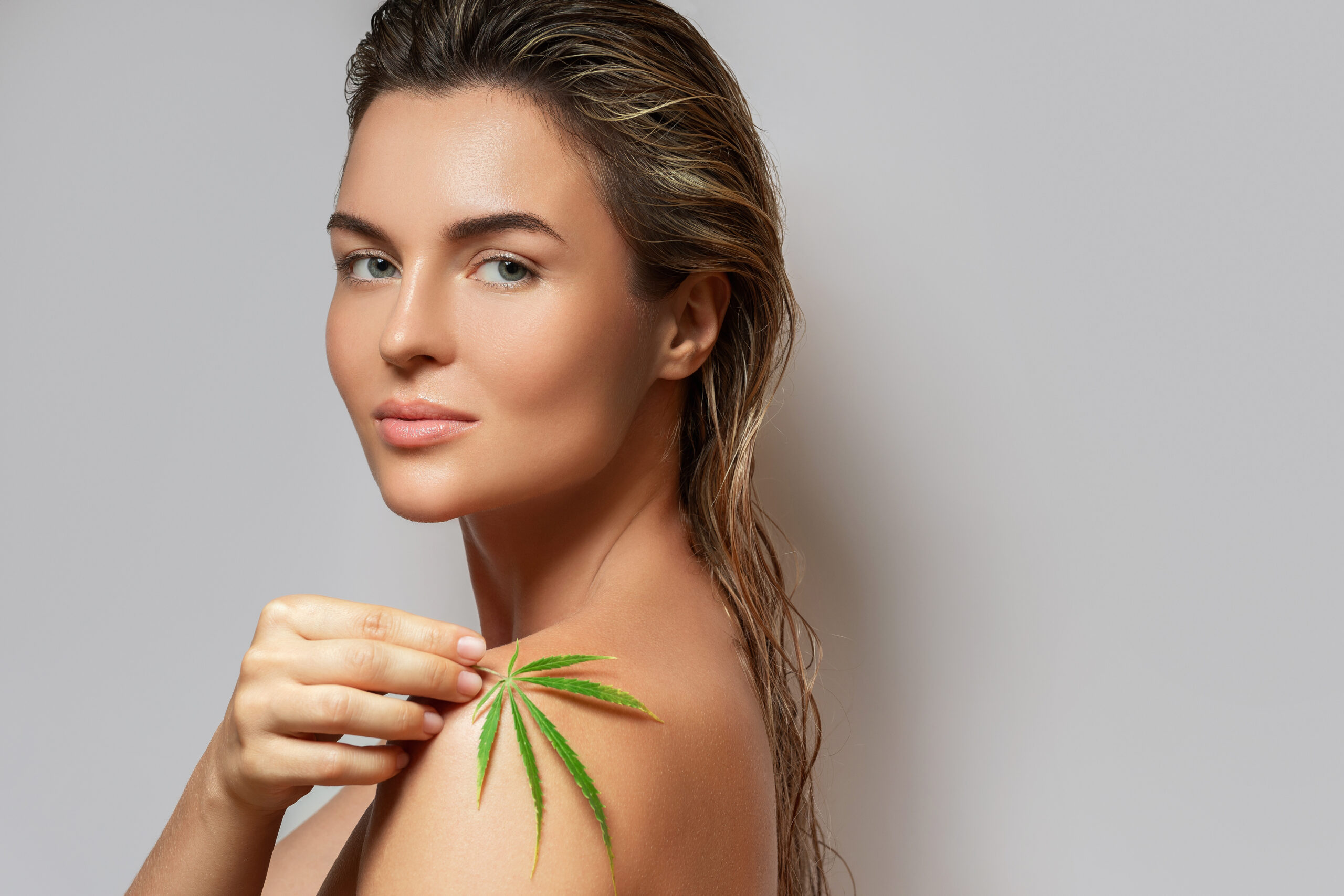
Not only CBD and THC, the therapeutic properties of cannabis are related even to other components present in the plant and, especially, to their interaction.
Here we explain the entourage effect and how it works.
What is the entourage effect and the first studies
When we talk about the therapeutic benefits of cannabis we think immediately of two substances in particular: the cannabidiol (CBD) and the tetrahydrocannabinol (THC). The plant, although, boasts of a hundred other components (like CBN, CBC, CBG, and terpenes…) and they all act together, intervene and collaborate to have a beneficial influence on the body: the synergy between all the compounds is called the entourage effect.
One of the first studies to analyse this particular effect dates back to 2010, when a group of patients with cancer was administered both just THC, and a combination of THC and CBD. From the study, titled “Multicenter, Double-Blind, Randomized, Placebo-Controlled, Parallel-Group Study of the Efficacy, Safety, and Tolerability of THC: CBD Extracts and THC Extract in Patients with Intractable Cancer-Related Pain” and published on the Journal of Pain and Symptom Management, has shown that:
“The prime analysis of the change from baseline in the total score of the numeric rating scale (NRS) of average pain was statistically and significantly in favour of THC:CBD against the placebo (improvement of 1.37 against 0.69), instead the THC group has shown a less significant change (1.01 vs 0.69). Double the patients taking THC:CBD demonstrated a reduction of more than 30% on the baseline total score NRS of average pain against placebo (23 [43%] against 12 [21%]). The odds ratio associated was statistically significant, while the number of patients responding to THC was similar to placebo (12 [23%] against 12 [21%]) and didn’t reach statistical relevance”.
Synergy between cannabinoids and terpenes
Researching the mechanisms related to the entourage effect, this time analysing in particular the relation between cannabinoids and terpenes, is a study published in 2011 on the British Journal of Pharmacology and titled “Taming THC: potential cannabis synergy and phytocannabinoid-terpenoid entourage effect”.
In the research it appears, for example, that the terpene pinene can help compromised memory, an effect linked to THC; a combination of CBD and limonene can help instead to decrease anxiety; the combo of THC and CBN can potentially produce stronger sedative effects.
Which products to choose to take advantage of the entourage effect?
In spite of these studies and of more recent ones – such as the 2019 one, available on Frontiers in Plant Science, which confirms the older researches, affirming that “the argument of Cannabis’ synergy through the entourage effect is now strong enough to suggest that it’s unlikely that one molecule matches the full therapeutic potential of the plant” – it’s only natural to think then that the most complete solution lies in the inflorescences.
In reality, although some specific cannabis’ extracts offer a rich variety of cannabinoids and terpenes, full-spectrum extracts, such as those products coming from the inflorescences of Cannabis, aim to capture all the therapeutic components of the plant present at time of processing, discharging instead all the unnecessary ones because lacking pharmacological benefits, like lipids and fats.
The Full-spectrum extracts can appear in many shapes – oils, ingestible capsules, cartridges for vaporizers…–, but what stands out is the long list of chemical compounds they contain, which means that the extract could provide THC, CBD, CBG, CBN, myrcene, caryophyllene, limonene and much more, all in one product.
Myrcene, for example, encourages the release of endogenous opioids, which seems to increase the analgesic effect of THC and CBD; caryophyllene, instead, appears to have a synergic effect with THC, which enhances the anti-inflammatory and analgesic properties of the cannabinoid, through the inhibition of the prostaglandin E1 and the activation of the receptor CB2, respectively; limonene, lastly, has low affinity with the cannabis’ receptors, but synergises the anti-anxiety, anti-stress and sedative effects of CBD, increasing serotonin and dopamine in the body. These are just some examples.

